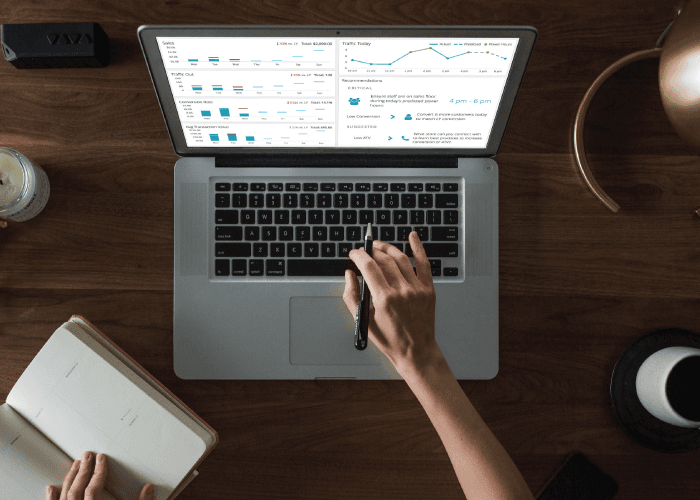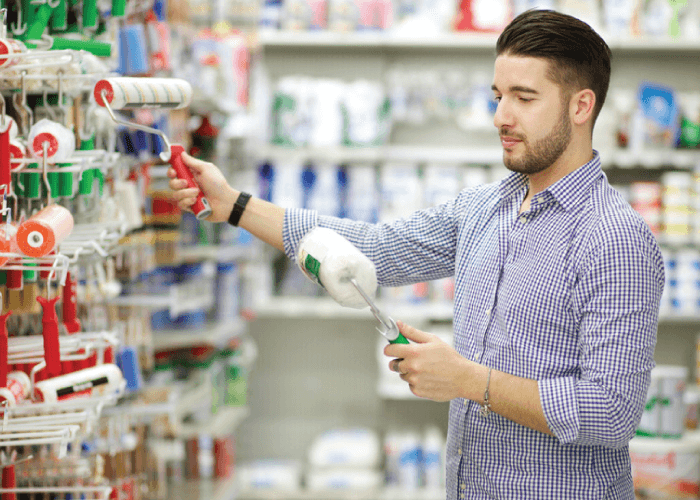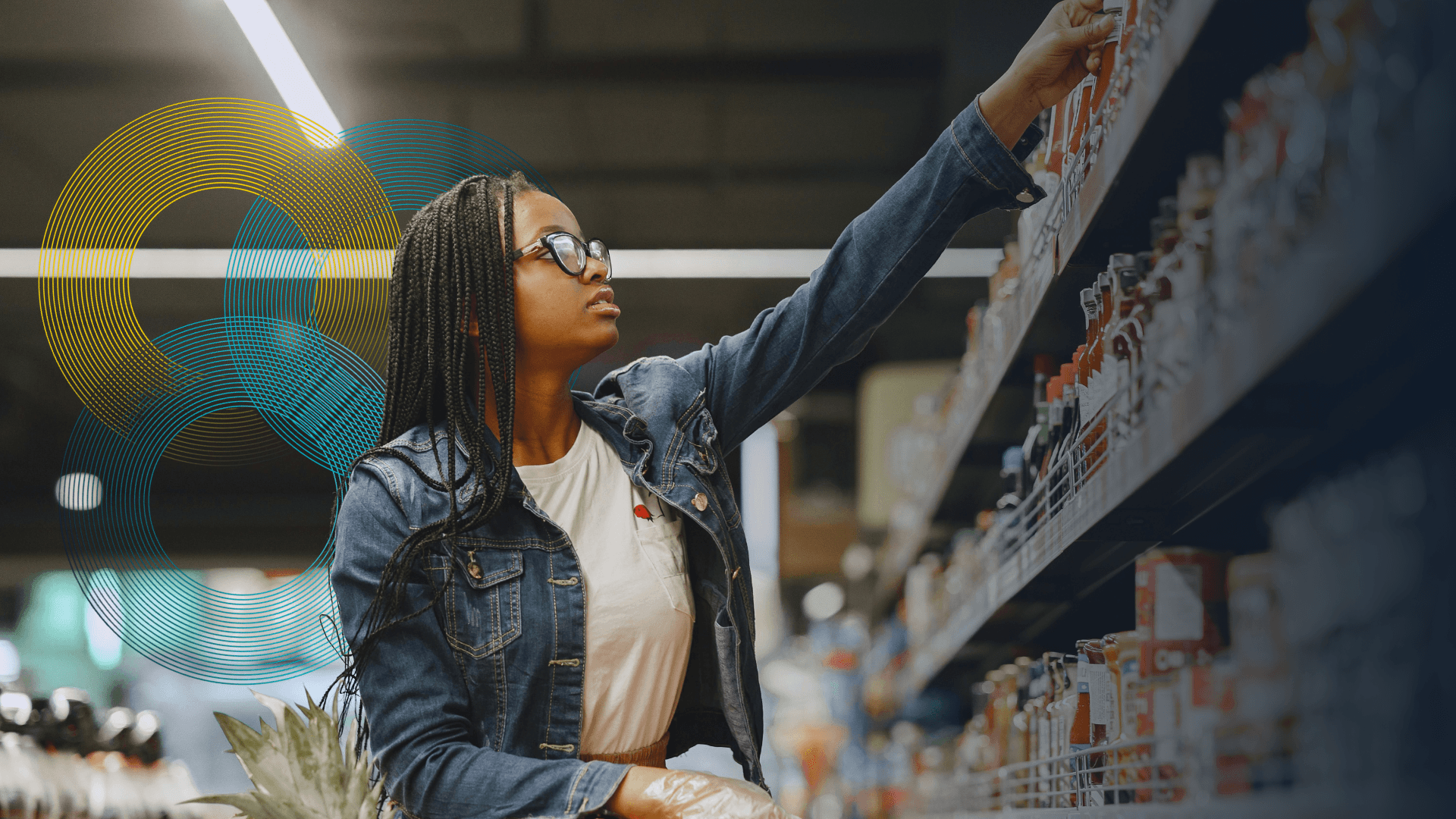How Brick-And-Mortar Retailers Can Achieve Personalization

On this page
As the retail industry continues to transform into a more competitive, digitally-driven, and customer-centric environment, retailers are faced with the challenge of managing an overwhelming number of touchpoints. Though each individual initiative has value, the cumulative effect can be expensive and confusing, with too many points of consideration, channels, and micro-trends. This can lead to a muddied and unclear understanding of the retail landscape. In our eBook in collaboration we CX Digital, we drill into these pain points and offer practical solutions and data-driven insights. This blog is a highlights reel for some of this research into personalization, a growing field of interest for modern retailers.
Retailers who are well-versed in digital technology have been using personalization techniques for a long time now. Although various statistics support the idea that customers now expect personalization, the concept itself is not new. What is new, however, is the way in which personalization is enhancing customer involvement, leading to greater customer lifetime value.
READ THE FULL eBOOK: The New Agenda For Growth: 5 Imperatives For Digital-Savvy Retailers
Taking Personalization Offline
When we think of brands delivering high levels of personalization, we tend to dive into digital examples, like popular streaming services such as Netflix, Apple Music, or Spotify. These companies have the benefit of analyzing near-countless bytes of data on their customers as well as the content they respond to. This hyper-personal data helps inform and empower the brand’s ability to refine its recommendations with every additional repeat, skip, like, or playlist addition.
While most retailers may not have the same level of access to user/shopper data as these streaming giants, it doesn’t mean that they can’t still take a page out of how these companies are applying machine learning to emerge from the attention economy to the value economy. As Tony Jebara, Head of Machine Learning at Spotify, has stated: “That’s really an exciting next frontier, machine learning that’s beyond just clicks and clickbait and going after the long term.” While the offerings differ massively, there are still lessons to be learned from these digital-first enterprises – especially when it comes to using data and machine learning to deliver optimum customer experiences in stores.

The next level of personalization goes beyond simply providing relevant recommendations to consumers. It aims to expand their options and encourage them to explore new products by suggesting adjacencies that have been adopted by other consumers with similar taste profiles. For instance, instead of just recommending a matching pair of yoga pants for a recently purchased top, this level of personalization may also suggest a meditation app, inviting the customer to explore the practice of yoga further. Synthesis is crucial here, as retailers need to combine various data sets to offer meaningful adjacencies and build brand loyalty.
There are a few ways the digital-savvy retailer can pursue this. Perhaps the obvious way is through data sharing by, for example, advertising with a streaming service that collects reams of data on the shared target market.
Spotify Ad Studio
Spotify offers a variety of self-service tools to its ad developers that enable them to create, record, and share audio and video ads. What sets this ad model apart from others is that it merges the design of the ad with the user's context to create a contextually relevant ad offering. For instance, if the ad is placed between a playlist that has evoked certain emotions in the listener, it can leverage those emotions to positively influence the listener's behavior.
For example, Pizza Hut ran an audio-first campaign to keep delivery services top of mind for pizza lovers listening on Spotify. The QSR brand targeted its core audience segments, including Gen Zs, families, and people interested in gaming, TV shows, or sport. ‘Pizza-specific moments’, like game days and dinner time, were identified and used to serve hunger-busting ads without interrupting the flow of listeners’ days.
The lesson for retailers here is that timing matters. Serving personalized content to shoppers is only as effective as the ‘when’ and the ‘where’. Like these online power players, retailers can operationalize their store data to deliver contextually apt advertising when it matters most (at entrance or checkout, for example), thereby increasing time spent in stores and ultimately average transaction value (ATV) too.
Personalization At Sephora
After completing a simple digital survey and tracking their purchasing behaviors, Sephora’s Beauty Insider program seeks to personalize the experience for its members by providing personalized recommendations, complementary beauty services, early access to new products, invitations to exclusive events, and more.
This forward-thinking beauty giant internally shares data about the customer across the platform to deliver a seamless experience regardless of the channel the customer prefers. Sephora’s Beauty Insider Program boasts over 25 million members and is attributed to account for approximately 80% of the company’s sales.
READ MORE: 5 Retail Loyalty Program Best Practice Examples
How In-Store Analytics Empower Personalization
Furthermore, solutions that combine data from in-store analytics with other channel behaviors like online browse time digital purchase journeys can unlock critical insights into shoppers. For instance, Natural Language Processing can be applied to text or voice data to help retailers better understand the emotional highs and lows resulting from shopper interactions with the company. This is fertile ground for identifying and creating forward-thinking personalization pathways to fully engage with the customer.
Even discounting e-commerce, massive personalization potential can be gleaned from store data alone. In-store shopper path analysis accurately shows retailers where shoppers dwell longest, where they engage most with fixtures, and maps a consumer’s full journey through the store. This allows retailers to make improvements to boost conversion and test new store layouts or visual merchandising innovations like implementing retail media networks (RMNs).
It is critical to note that the engaged consumer will demonstrate ever higher expectations of the savvy retailer, making best-in-class experiences more important than ever.
READ MORE: Retail Reinvention: How 3 Legacy Brands Stay Relevant Today
About the author:

Ashton Kirsten, Global Brand Manager, RetailNext
Ashton holds a Master's Degree in English and is passionate about physical retail's unbridled potential to excite, entertain, serve, and solve problems for today's shoppers.




